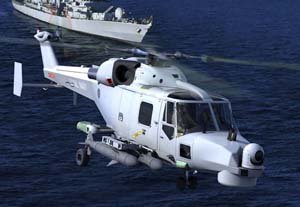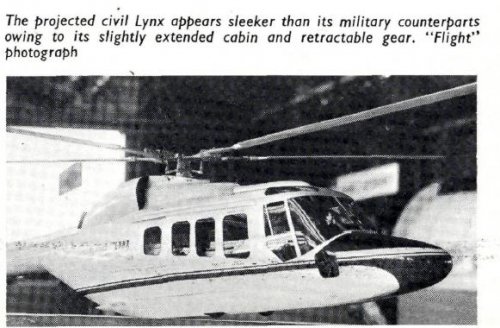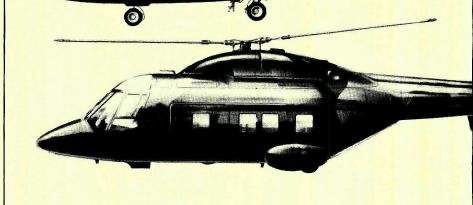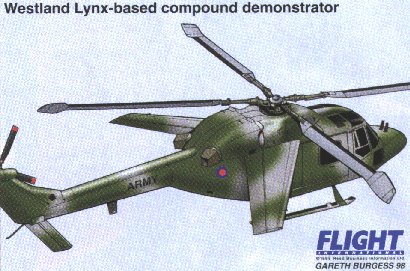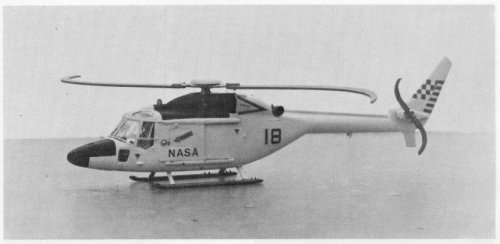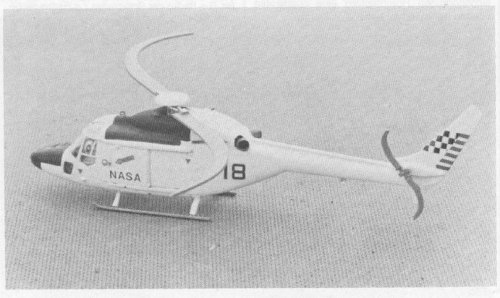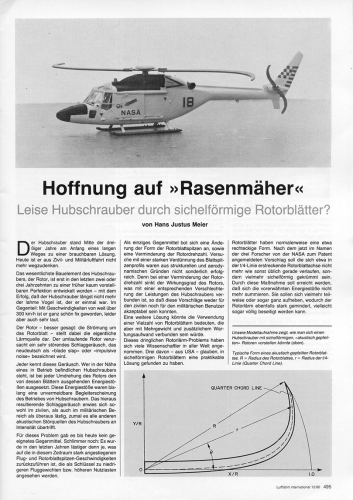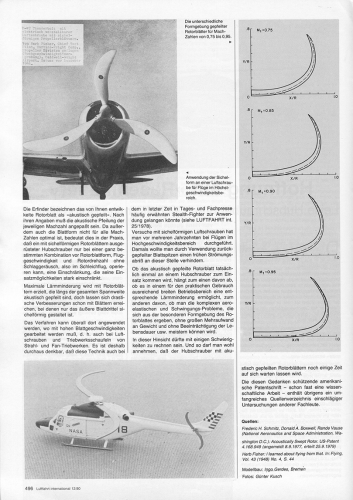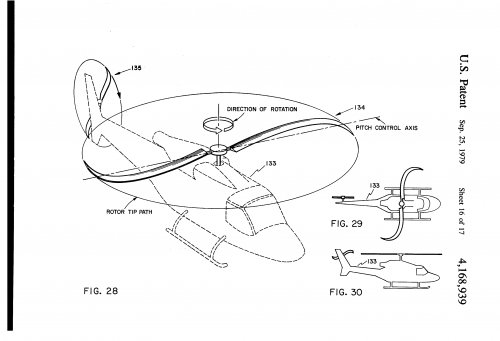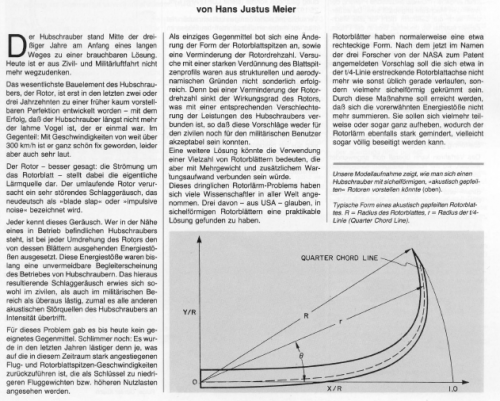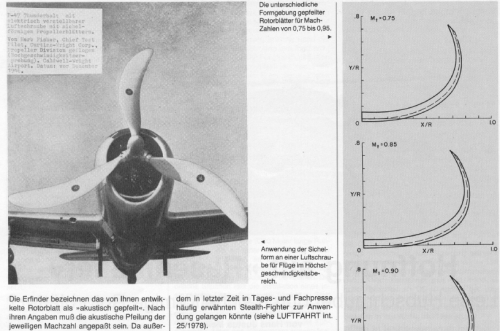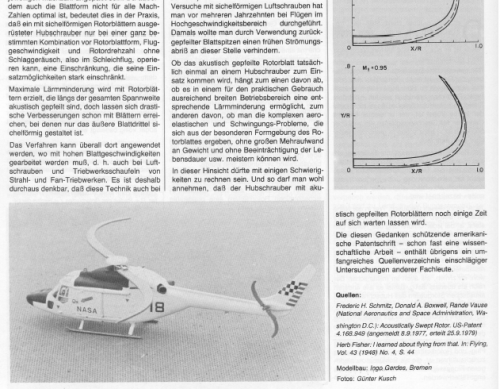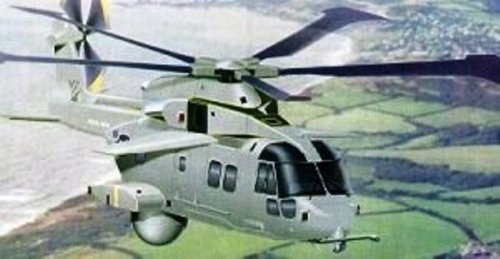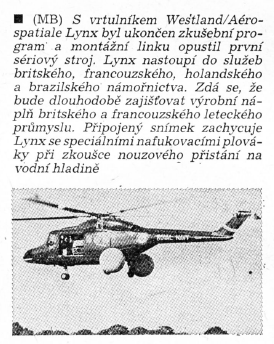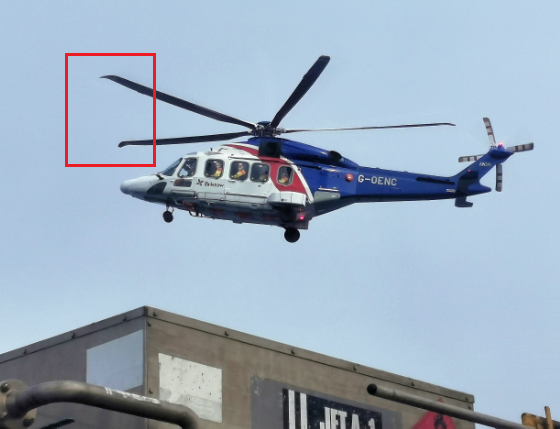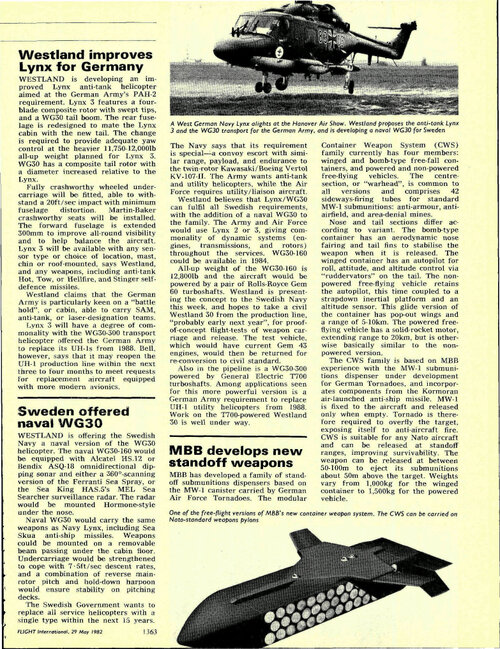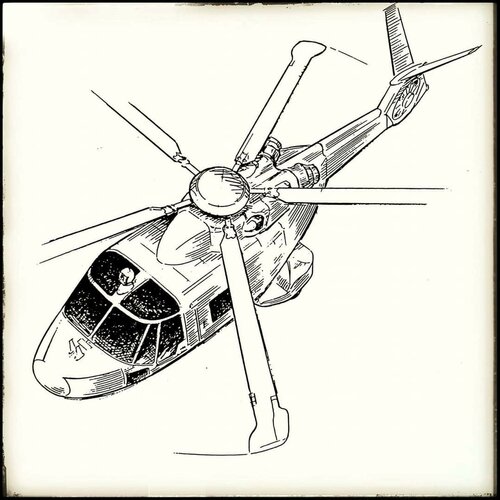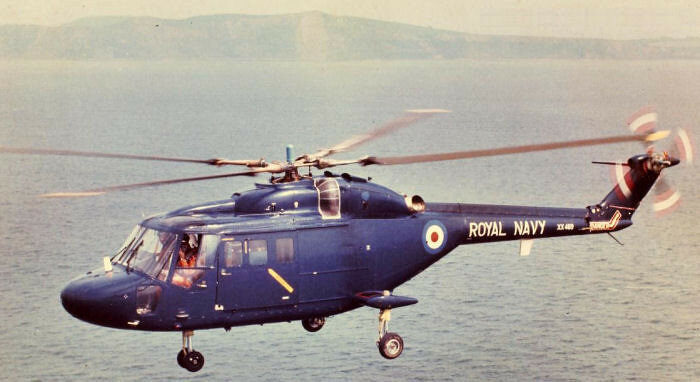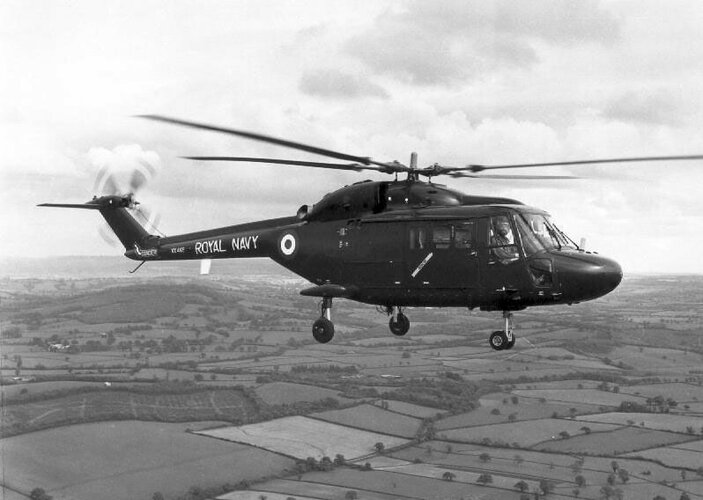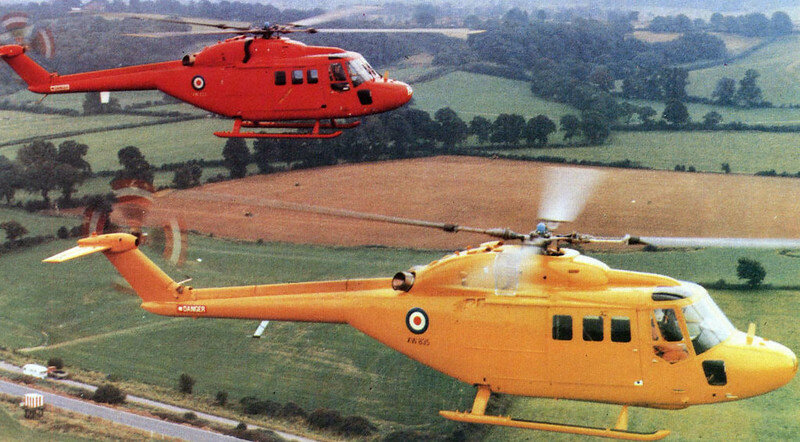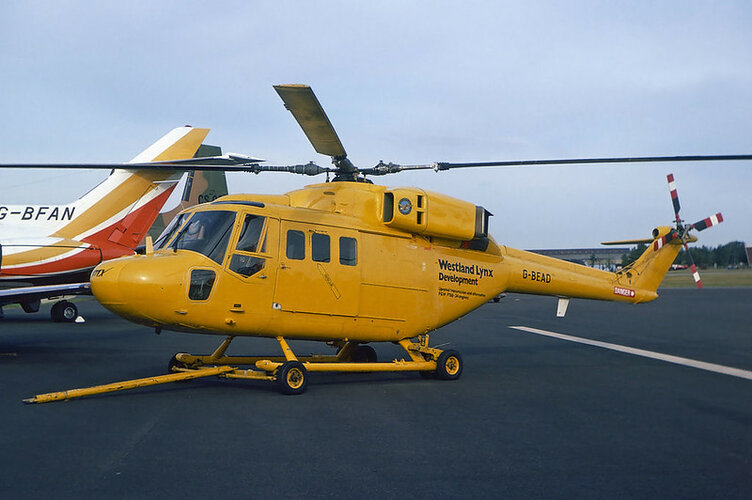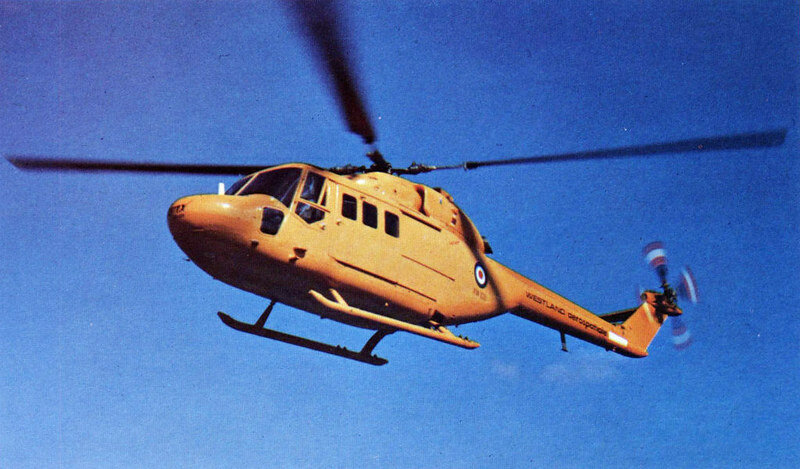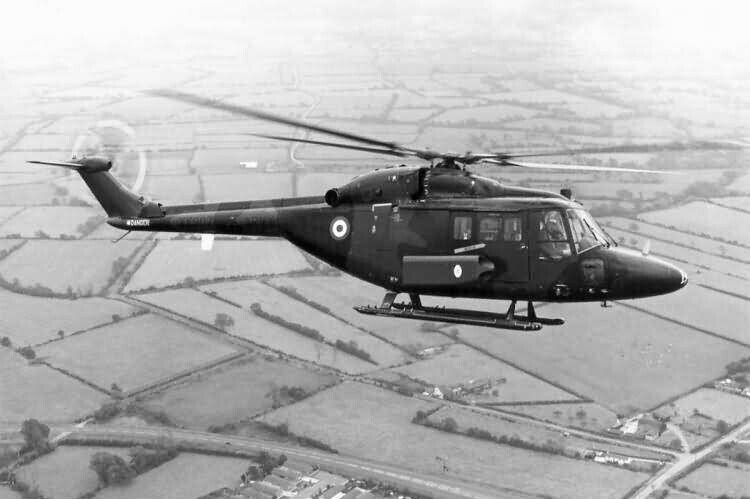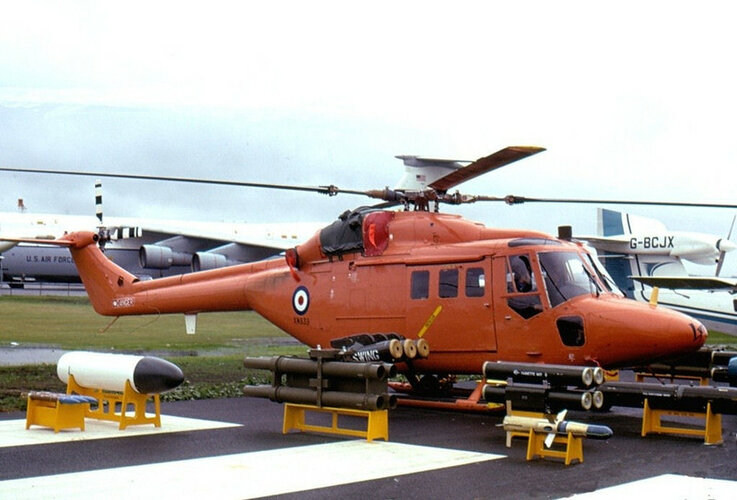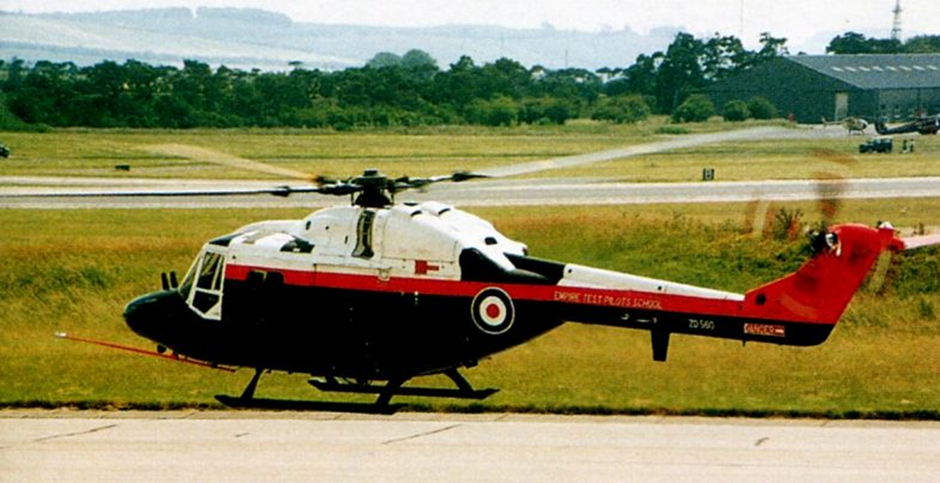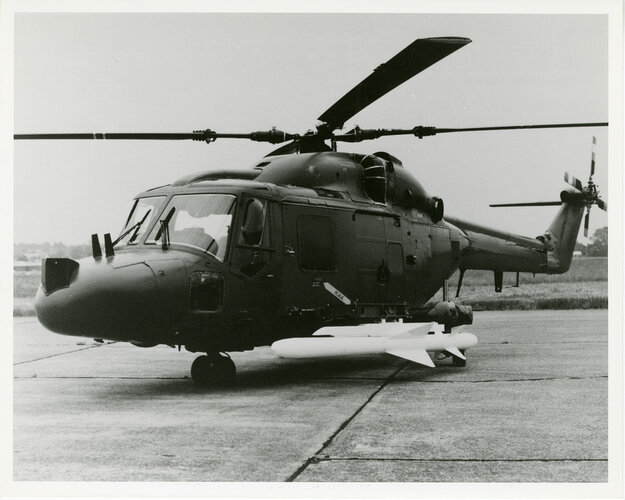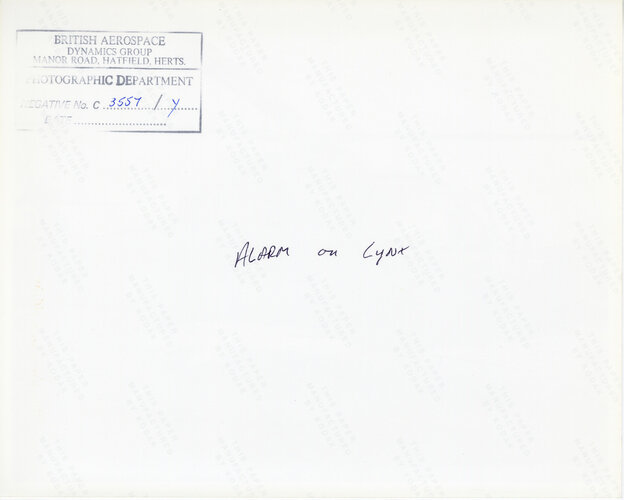- Joined
- 26 May 2006
- Messages
- 33,480
- Reaction score
- 13,527
Hi,
Lynx HT.3 roposed training version for the Royal Air Force, not built.
roposed training version for the Royal Air Force, not built.
Lynx ACH roposed Advanced Compound Helicopter technology demonstrator, partly funded by the Ministry of Defence. Announced in May 1998, the ACH was planned to be powered by RTM322 engines with variable area exhaust nozzles and a gearbox from the Westland 30-200, have wings attached at cabin roof level and BERP rotor blades. It was predicted to fly approximately 50% faster than a standard Lynx.
roposed Advanced Compound Helicopter technology demonstrator, partly funded by the Ministry of Defence. Announced in May 1998, the ACH was planned to be powered by RTM322 engines with variable area exhaust nozzles and a gearbox from the Westland 30-200, have wings attached at cabin roof level and BERP rotor blades. It was predicted to fly approximately 50% faster than a standard Lynx.
AgustaWestland AW159 Lynx Wildcat:a development of the Super Lynx with two LHTEC CTS800 engines; previously known as the Future Lynx.
Westland-606:14-seat civil version of Lynx.
http://en.wikipedia.org/wiki/Westland_Lynx
http://en.wikipedia.org/wiki/AgustaWestland_AW159
http://www.flightglobal.com/pdfarchive/view/1973/1973 - 2372.html
http://www.flightglobal.com/pdfarchive/view/1982/1982 - 0986.html
Lynx HT.3
Lynx ACH
AgustaWestland AW159 Lynx Wildcat:a development of the Super Lynx with two LHTEC CTS800 engines; previously known as the Future Lynx.
Westland-606:14-seat civil version of Lynx.
http://en.wikipedia.org/wiki/Westland_Lynx
http://en.wikipedia.org/wiki/AgustaWestland_AW159
http://www.flightglobal.com/pdfarchive/view/1973/1973 - 2372.html
http://www.flightglobal.com/pdfarchive/view/1982/1982 - 0986.html
Attachments
Last edited:

